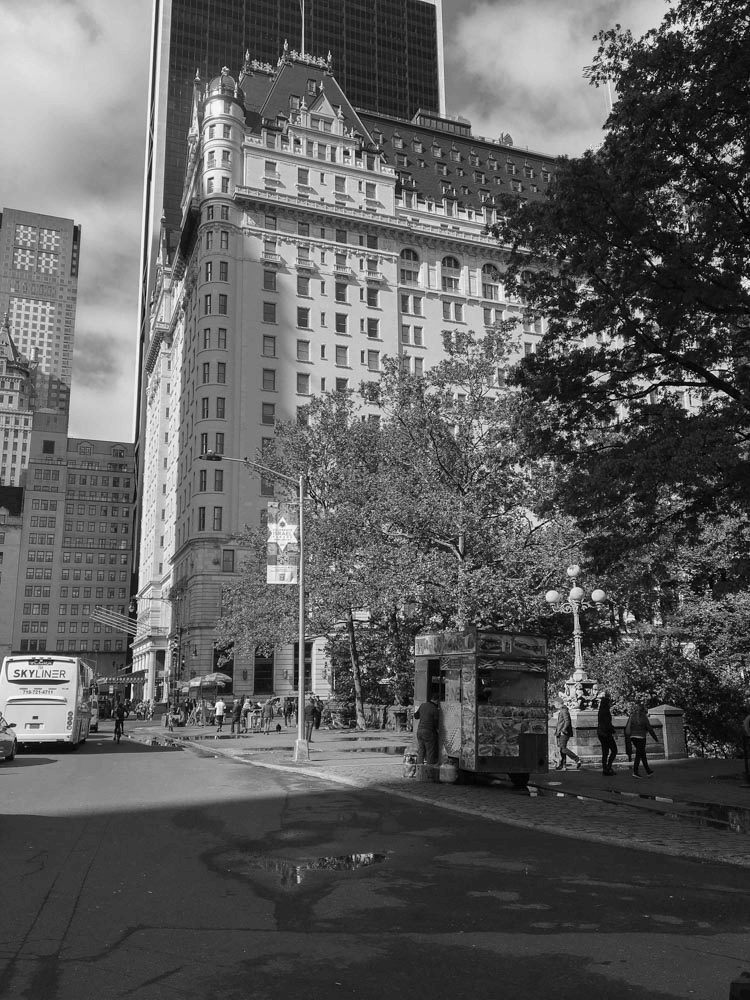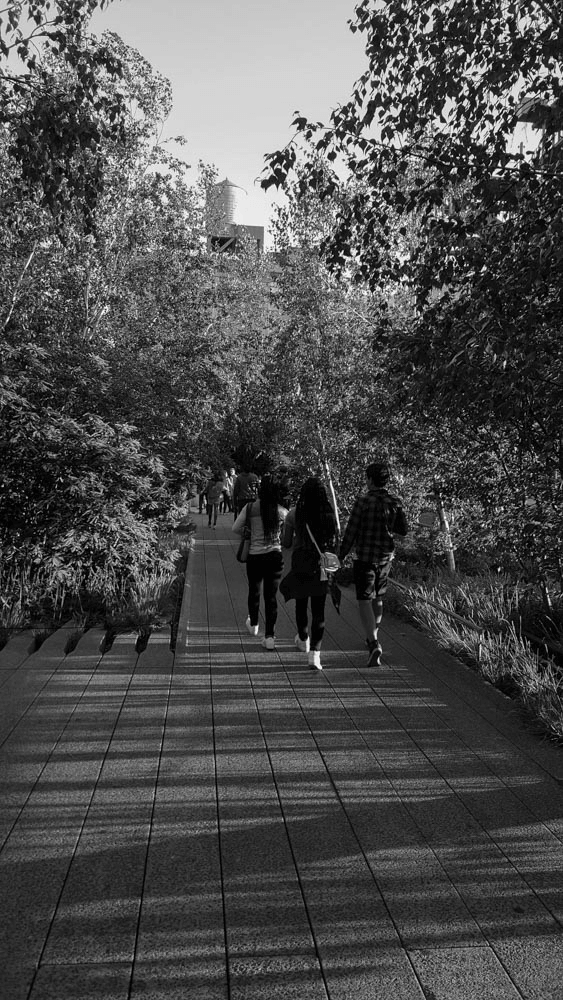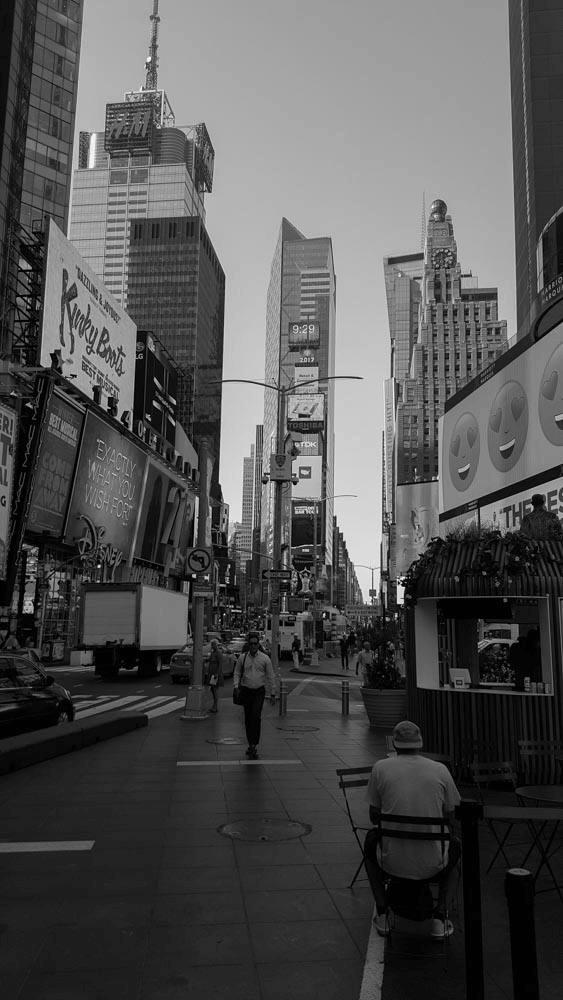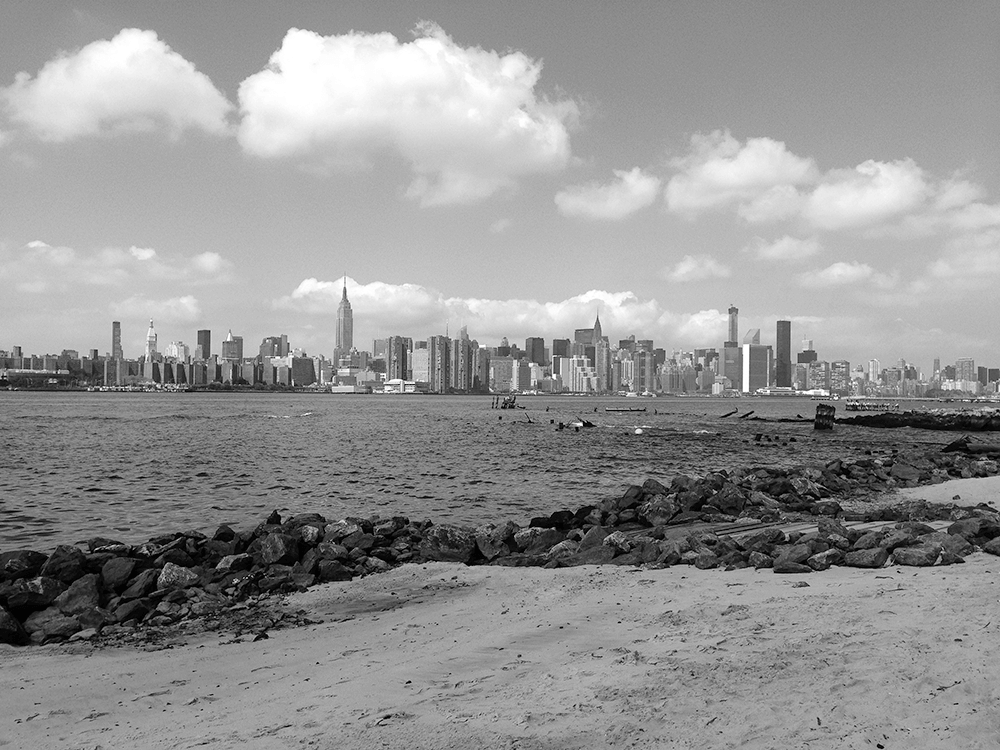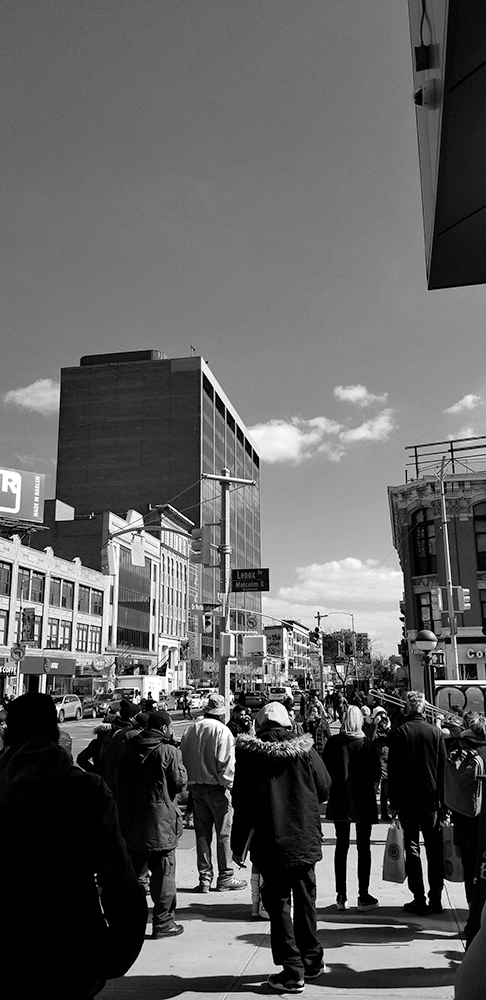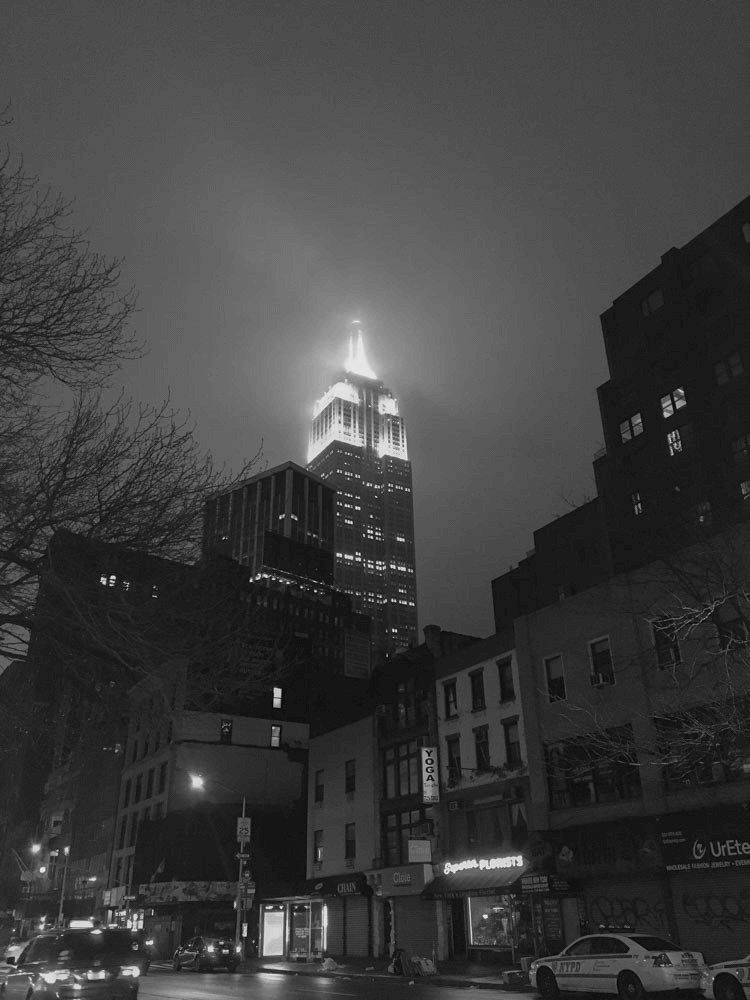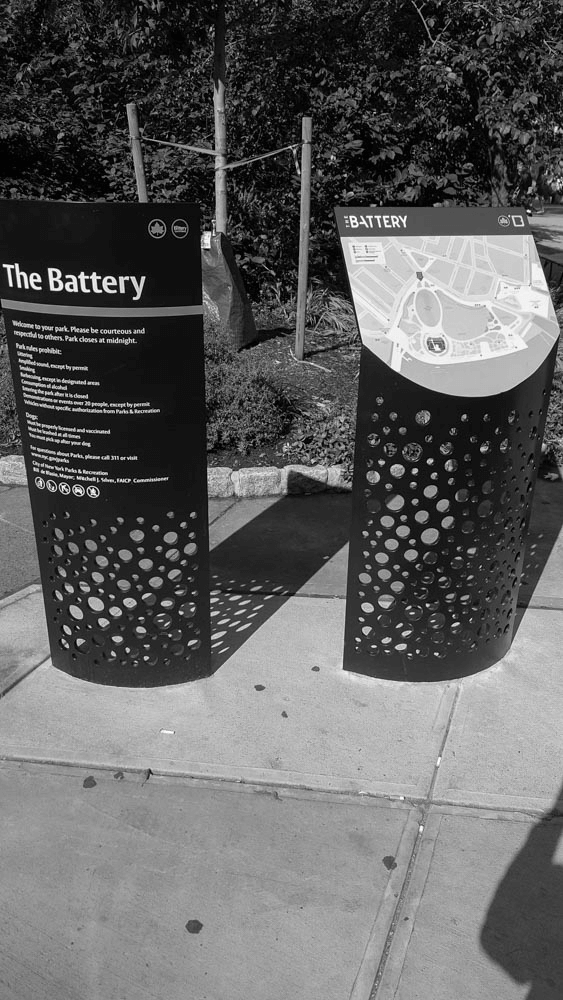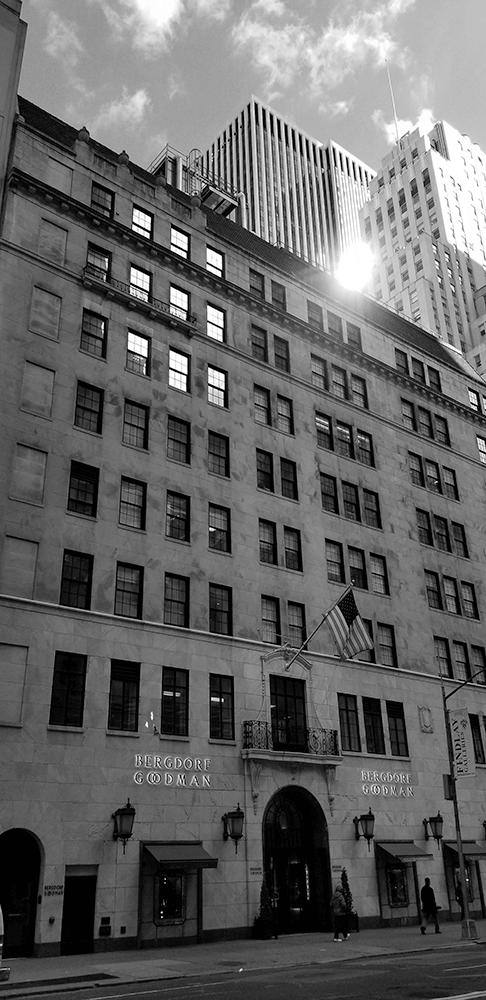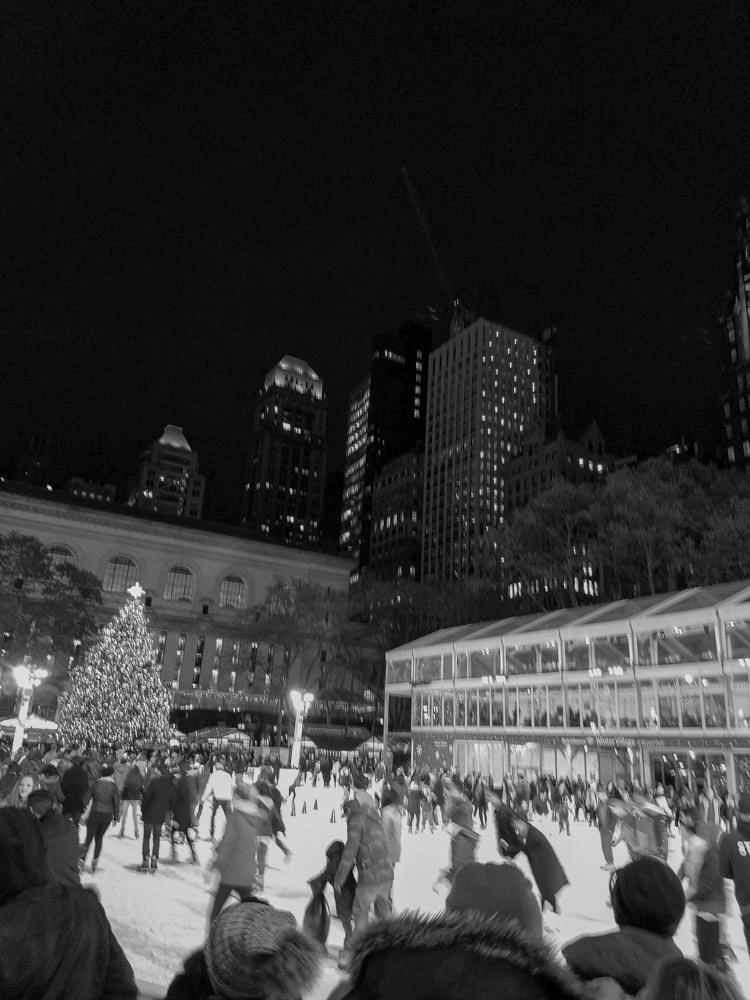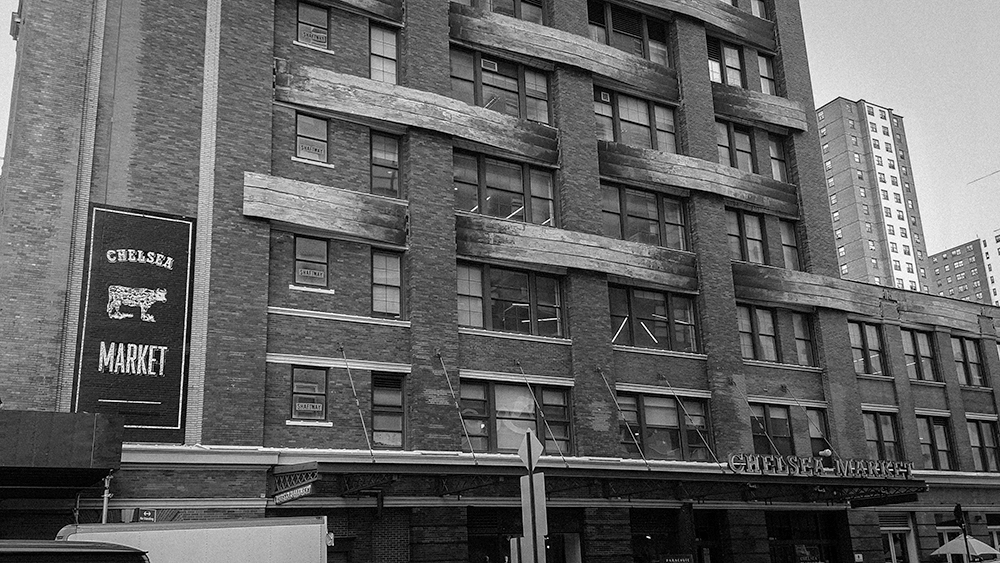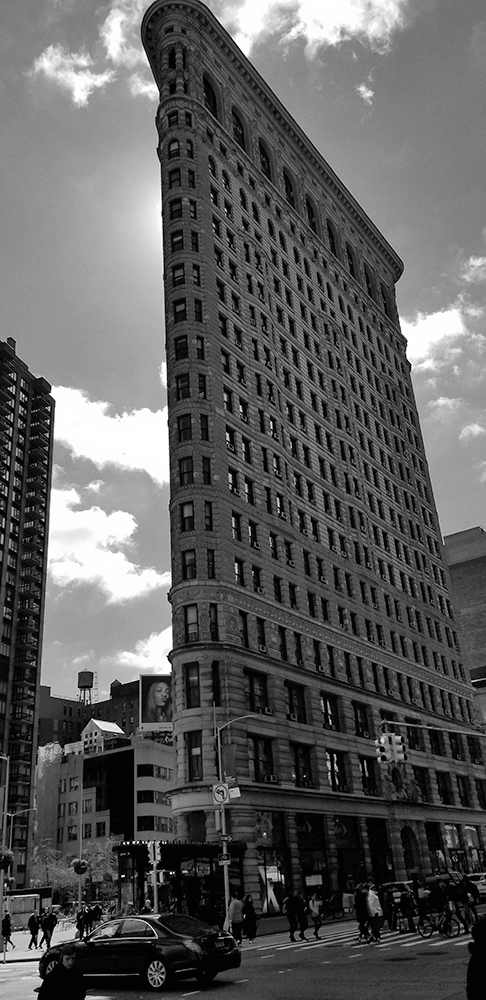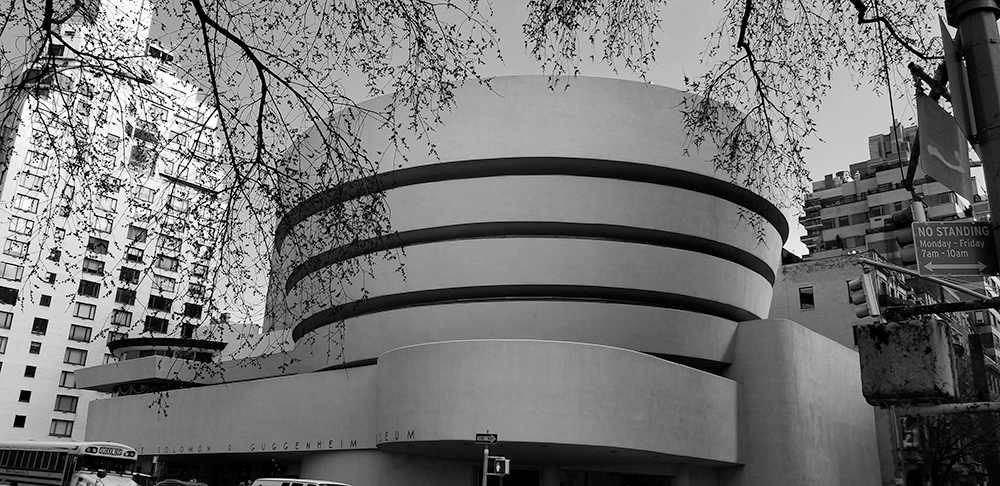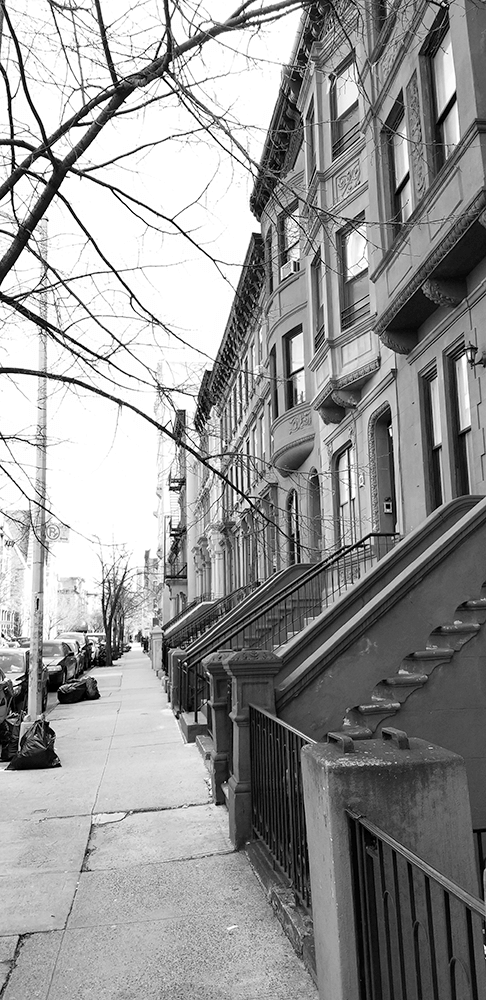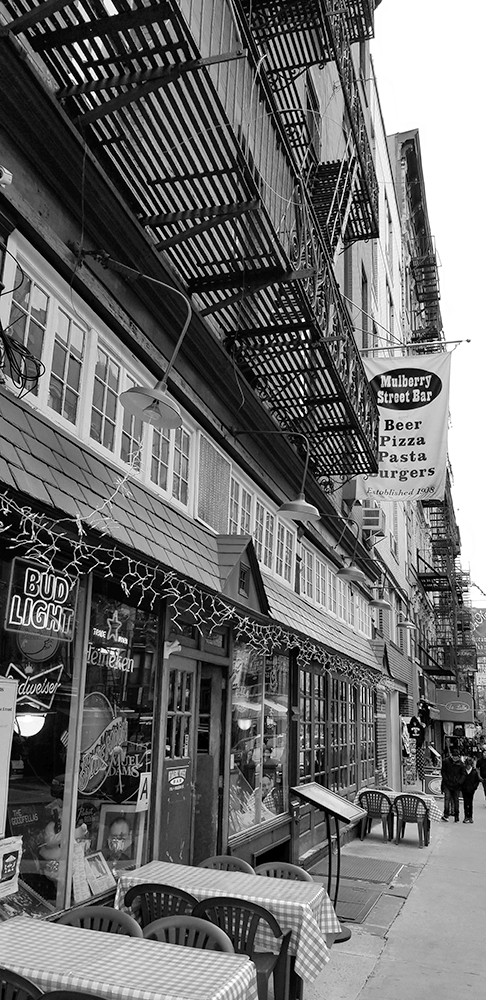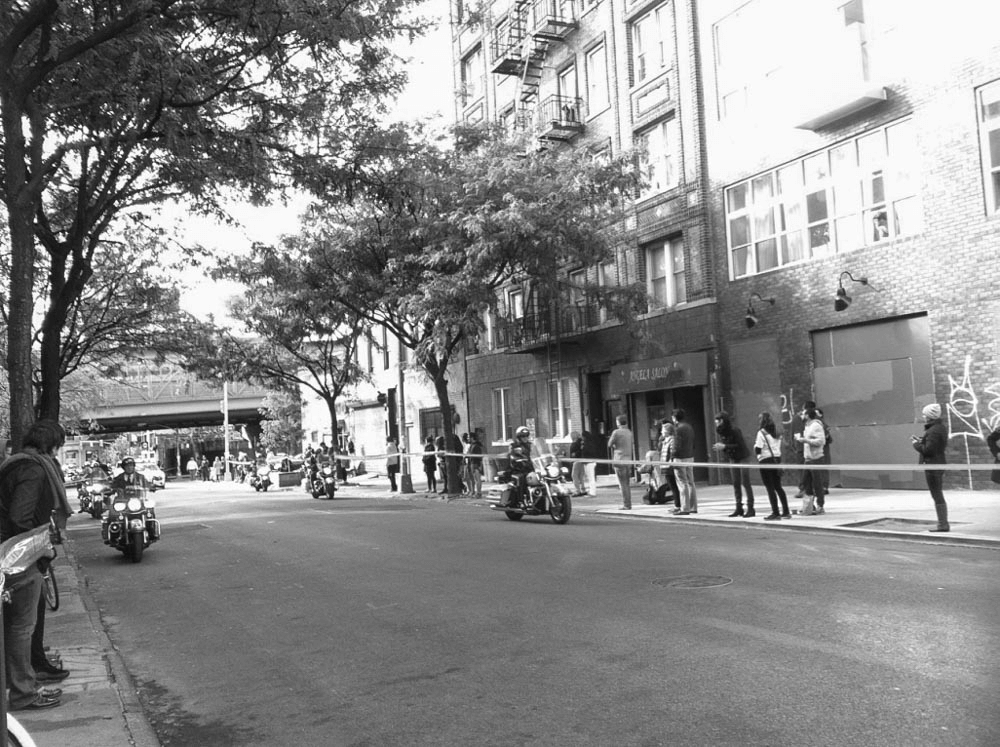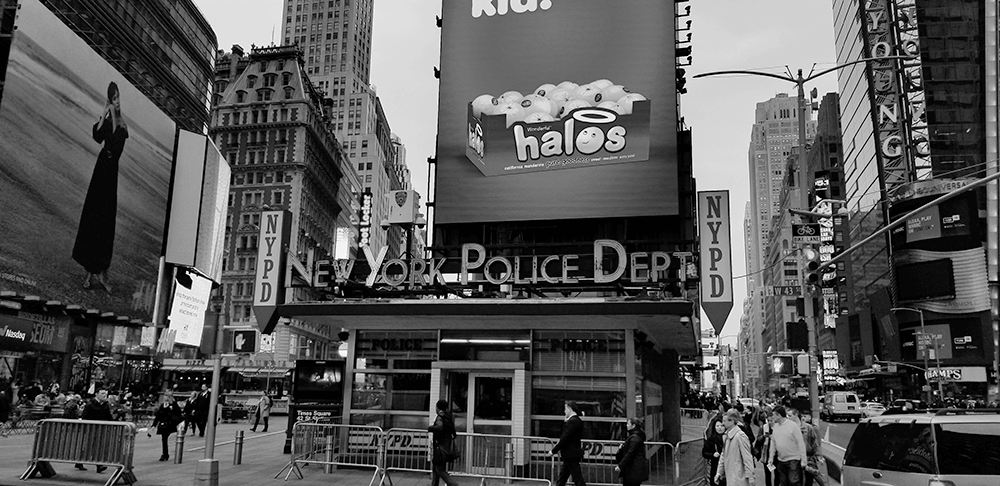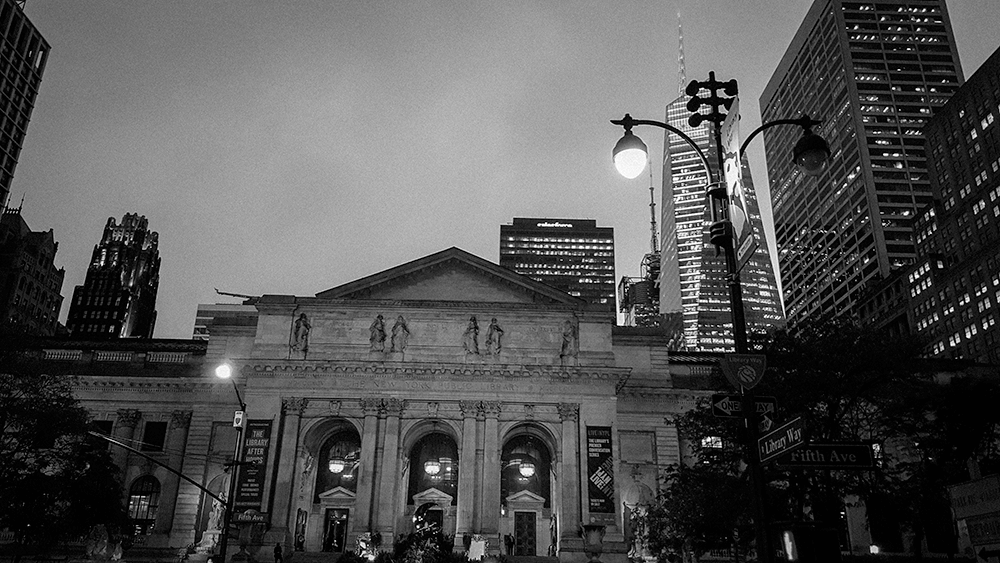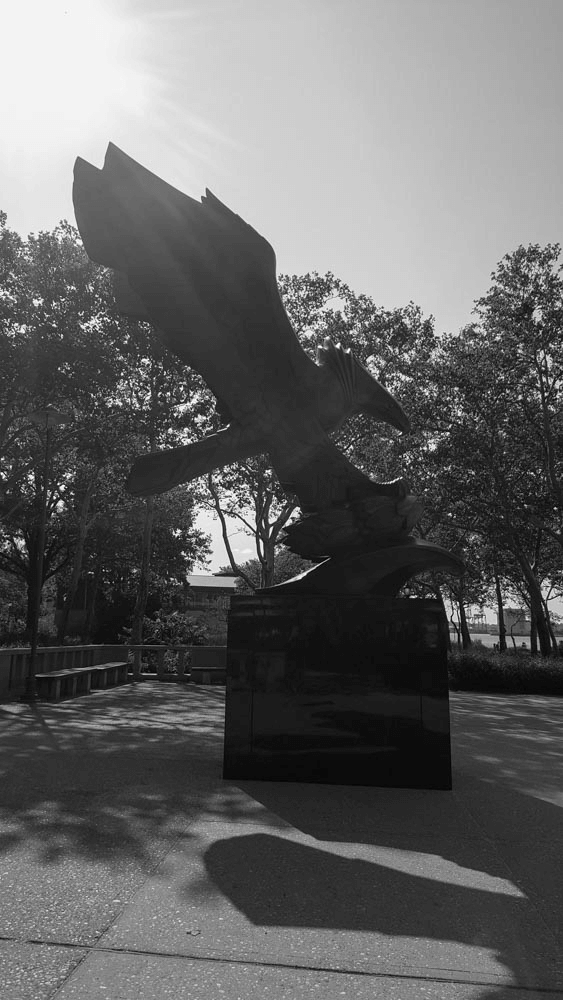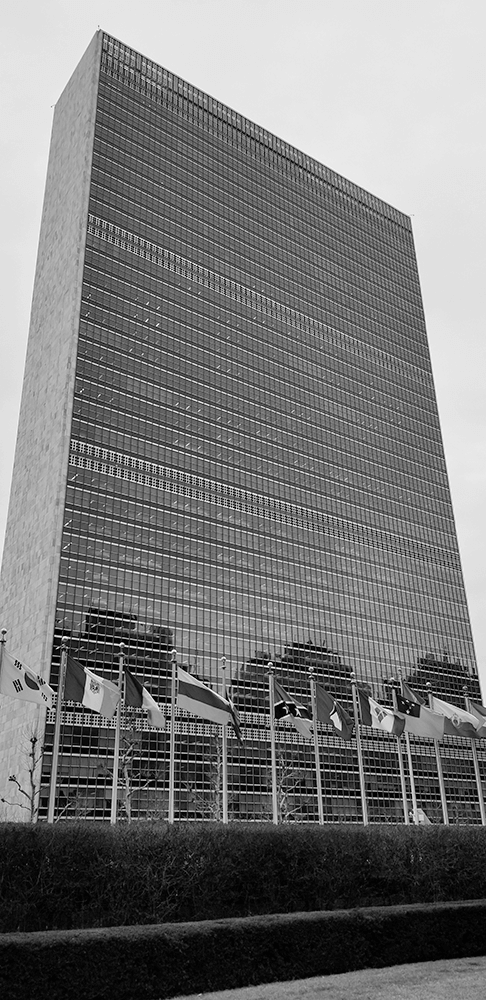Restaurant
Red Hook
Pok Pok NY
Pok Pok NY – Ein Stück Thailand in Red Hook, New York Pok Pok NY ist ein renommiertes Restaurant in Red Hook, Brooklyn, das für seine authentische thailändische Küche bekannt ist. Gegründet von dem gefeierten Koch Andy Ricker, der für seine Leidenschaft für die thailändische Gastronomie bekannt ist, hat sich Pok Pok NY als eine der besten Adressen für thailändisches Essen in New York etabliert. Das Restaurant ist eine Erweiterung von Ricker's ursprünglichem Pok Pok in Portland, Oregon, und bringt die Aromen und Traditionen Thailands direkt nach Brooklyn. Geschichte und Konzept Pok Pok wurde 2012 eröffnet und hat schnell die Aufmerksamkeit von Feinschmeckern und Kritikern auf sich gezogen. Andy Ricker, der mehrere Jahre in Thailand verbrachte, um die kulinarischen Traditionen des Landes zu erlernen, bringt die Essenz der thailändischen Küche nach New York. Das Restaurant ist nicht nur für seine Speisen bekannt, sondern auch für seine Philosophie, die auf der Verwendung frischer, hochwertiger Zutaten und traditioneller Kochtechniken basiert. Die Speisekarte Die Speisekarte von Pok Pok NY ist eine Hommage an die Straßenküche Thailands und bietet eine Vielzahl von Gerichten, die sowohl traditionell als auch kreativ sind. Zu den Highlights gehören: Som Tum: Ein scharfer Papayasalat, der mit frischen Zutaten zubereitet wird und die perfekte Balance zwischen süß, sauer und scharf bietet. Khao Soi: Eine nordthailändische Spezialität, die aus einem würzigen Kokosnuss-Curry mit Nudeln und zartem Hähnchen oder Rindfleisch besteht. Ike’s Fish Sauce Wings: Frittierte Hähnchenflügel, die in einer speziellen Fischsauce mariniert sind und einen unverwechselbaren Geschmack haben. Laab: Ein traditioneller thailändischer Salat, der mit gehacktem Fleisch, Kräutern und einer Mischung aus Limettensaft und Fischsauce zubereitet wird. Die Gerichte werden oft mit frischen Kräutern und Gewürzen garniert, die die Aromen intensivieren und das Essen zu einem Erlebnis machen. Ambiente und Atmosphäre Das Ambiente von Pok Pok NY ist entspannt und einladend. Das Restaurant verfügt über eine schlichte, aber geschmackvolle Einrichtung, die die thailändische Kultur widerspiegelt. Holzverkleidungen, traditionelle thailändische Dekorationen und eine offene Küche schaffen eine warme Atmosphäre, in der sich die Gäste wohlfühlen können. Die Sitzgelegenheiten sind sowohl drinnen als auch draußen verfügbar, wobei der Außenbereich besonders beliebt ist, um die frische Luft und die lebendige Nachbarschaft zu genießen. Engagement für Nachhaltigkeit Pok Pok NY legt großen Wert auf Nachhaltigkeit und die Verwendung von lokalen, biologischen Zutaten. Das Restaurant arbeitet eng mit lokalen Bauern und Lieferanten zusammen, um die frischesten Produkte zu beziehen. Diese Philosophie spiegelt sich nicht nur in der Qualität der Speisen wider, sondern auch in der Verantwortung gegenüber der Umwelt und der Gemeinschaft. Beliebtheit und Auszeichnungen Das Restaurant hat zahlreiche Auszeichnungen und Anerkennungen erhalten, darunter Lob von renommierten Food-Kritikern und Medien. Pok Pok NY hat sich einen festen Platz in der New Yorker Gastronomieszene erobert und zieht sowohl Einheimische als auch Touristen an. Die Kombination aus authentischem Essen, freundlichem Service und einer einladenden Atmosphäre macht es zu einem unverzichtbaren Ziel für Liebhaber der thailändischen Küche. Pok Pok NY ist mehr als nur ein Restaurant; es ist ein Erlebnis, das die Aromen und die Kultur Thailands in die pulsierende Kulisse von Brooklyn bringt. Mit einer sorgfältig zusammengestellten Speisekarte, einem warmen Ambiente und einem Engagement für Nachhaltigkeit hat sich Pok Pok NY als eine der besten Adressen für thailändisches Essen in New York etabliert. Ein Besuch in diesem Restaurant ist eine Einladung, die Vielfalt und den Reichtum der thailändischen Küche zu entdecken und zu genießen.
1 2 NYCGO 3 4

